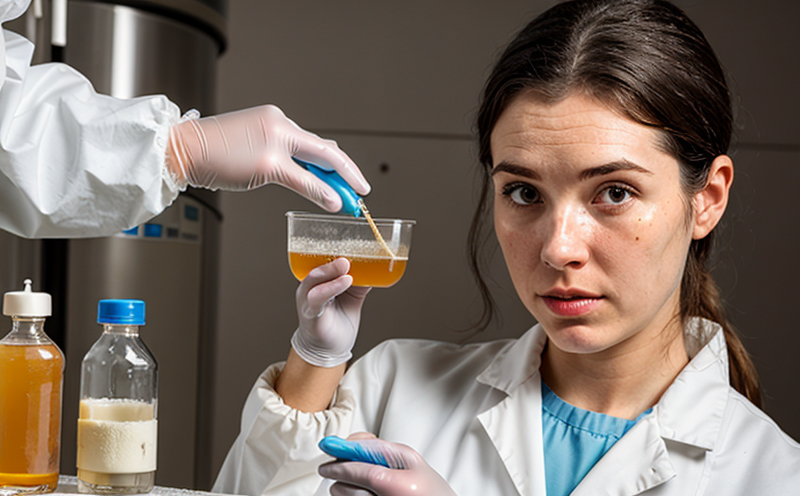ISO 16000-19 Detection of Allergens in Fungal Samples
The ISO 16000 series of standards provides a comprehensive framework for the detection and characterization of allergens present in various environments. Among these, ISO 16000-19:2018 specifically addresses the identification and quantification of allergens in fungal samples. This standard is particularly relevant in sectors such as food production, healthcare, and pharmaceuticals where fungal contamination can pose significant health risks.
The application of this ISO standard has become increasingly important as public awareness grows regarding the adverse effects of mold, yeast, and fungi on human health. Mold-related allergies are a common cause of respiratory issues and can exacerbate conditions like asthma. By leveraging ISO 16000-19, laboratories can provide reliable data that informs product safety decisions, regulatory compliance, and consumer protection.
The protocol outlined in this standard ensures accurate detection by focusing on the isolation and identification of allergens such as Alternaria, Penicillium, and Aspergillus. These fungi are known for their high allergenic potential. The testing process involves several key steps: sample collection, preparation, culture, and final analysis using advanced techniques like ELISA (Enzyme-Linked Immunosorbent Assay) and mass spectrometry.
The importance of accurate identification cannot be overstated. Misidentification can lead to inappropriate treatment or unnecessary panic among consumers. With the increasing prevalence of food allergies, especially in children, reliable allergen testing is crucial for maintaining public health standards.
Our laboratory adheres strictly to ISO 16000-19 guidelines and employs state-of-the-art equipment and methodologies to ensure precision and reliability. Our team of experts uses specialized culture media and analytical tools to isolate and identify even trace amounts of allergens in fungal samples. This ensures that the results are both accurate and actionable.
For those who require detailed reports or further analysis, we can provide comprehensive data on the types and concentrations of allergens detected. This information is invaluable for manufacturers looking to enhance product safety or for regulatory bodies ensuring compliance with international standards.
Applied Standards
| Standard Name | Description |
|---|---|
| ISO 16000-19:2018 | This standard specifies the methodology for detecting allergens in fungal samples. It covers sample preparation, culture techniques, and analytical methods. |
| ASTM E2574 | American Society for Testing and Materials standard that provides additional methodologies for allergen detection in food products. |
Scope and Methodology
| Scope | Description |
|---|---|
| Detection of Allergens in Fungal Samples | This standard applies to the identification and quantification of allergens present in fungal samples from various sources, including indoor air, food products, and environmental samples. |
The methodology described in ISO 16000-19 involves several critical steps:
- Sample Collection: Samples are collected using appropriate methods to ensure they represent the environment or product being tested. For instance, air samples may be collected on specific media.
- Culture and Growth: The collected samples are then inoculated onto selective culture media designed to promote fungal growth while inhibiting non-target organisms.
- Isolation and Identification: Fungal colonies are isolated based on their morphological characteristics. Advanced techniques such as sequencing and mass spectrometry are used for identification.
- Allergen Detection: The identified fungi are tested using immunoassays or other analytical methods to detect allergens present in the sample.
The standard also specifies acceptance criteria, which include limits on false positives and negatives. This ensures that only genuine allergens are reported, minimizing the risk of incorrect conclusions.
Quality and Reliability Assurance
- Calibration: All instrumentation used in testing is regularly calibrated to ensure accuracy.
- Validation: Test protocols are validated against known standards to confirm their reliability.
- Training: Our staff undergo continuous training to stay abreast of the latest methodologies and technologies.
- Audits: Regular internal audits ensure that all processes comply with ISO 16000-19 requirements.
These measures combined ensure high-quality, reliable results. Our commitment to excellence is reflected in our ability to provide accurate and consistent data for allergen detection in fungal samples.





